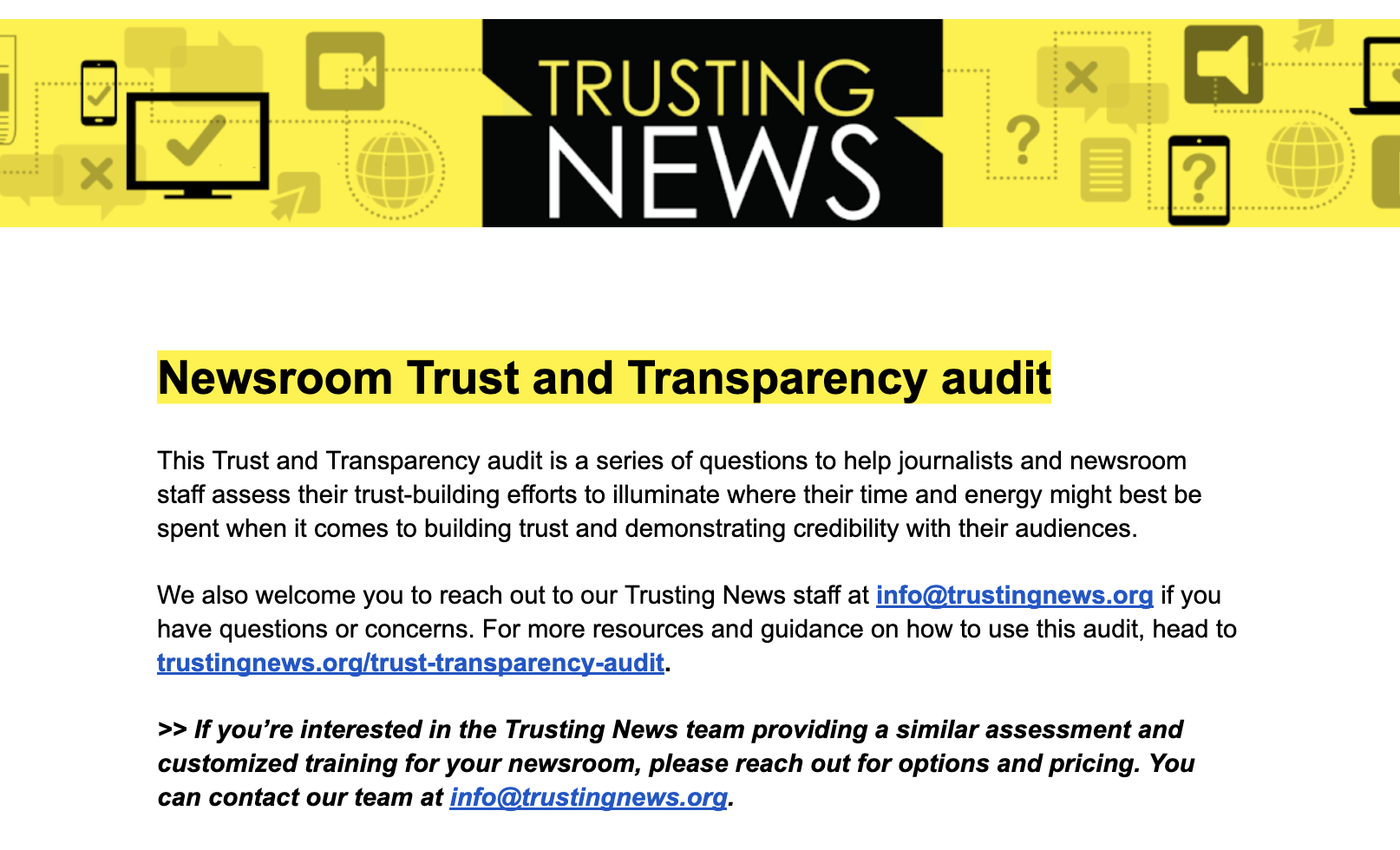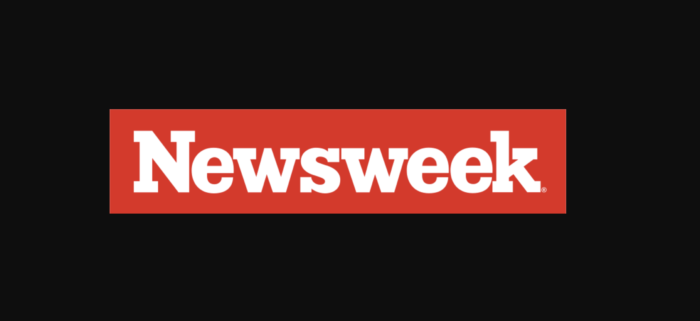
In my February 5th piece on 12 Steps to a Financial Disaster I predicted - as Step 9 of the meltdown - that "one or two large and systemically important broker dealers" will "go belly up" and that other members of the "shadow financial system" - i.e. non-bank financial institutions that look like banks in terms of liquidity/rollover risk - will also go bankrupt. As I put it then:
Ninth, the “shadow banking system” (as defined by the PIMCO folks) or more precisely the “shadow financial system” (as it is composed by non-bank financial institutions) will soon get into serious trouble. This shadow financial system is composed of financial institutions that – like banks – borrow short and in liquid forms and lend or invest long in more illiquid assets. This system includes: SIVs, conduits, money market funds, monolines, investment banks, hedge funds and other non-bank financial institutions. All these institutions are subject to market risk, credit risk (given their risky investments) and especially liquidity/rollover risk as their short term liquid liabilities can be rolled off easily while their assets are more long term and illiquid. Unlike banks these non-bank financial institutions don’t have direct or indirect access to the central bank’s lender of last resort support as they are not depository institutions. Thus, in the case of financial distress and/or illiquidity they may go bankrupt because of both insolvency and/or lack of liquidity and inability to roll over or refinance their short term liabilities. Deepening problems in the economy and in the financial markets and poor risk managements will lead some of these institutions to go belly up: a few large hedge funds, a few money market funds, the entire SIV system and, possibly, one or two large and systemically important broker dealers. Dealing with the distress of this shadow financial system will be very problematic as this system – stressed by credit and liquidity problems - cannot be directly rescued by the central banks in the way that banks can. [bold added]
And today the first one of these large broker dealers - Bear Stearns - in on the verge of bankruptcy. Let us be clear: given its massive exposure to toxic MBS and ABS product Bear Stearns is insolvent; the decision by the NY Fed to try to bail out Bear Stearns would make sense if this firm was only illiquid; the trouble that it is insolvent and thus such attempted bailout is altogether inappropriate. It is true that Bear is a large broker dealer; but its systemic importance is much smaller than that of much larger institutions. The world and financial market can survive if Bear disappears.
So the only possible justification for such Fed action is to engineer an orderly rather than a disorderly shutdown of this institution. But unfortunately the Fed is behaving as if Bear Stearns is illiquid but solvent. That is delusional and the official sector support of an otherwise insolvent institution will end up - like many other recent Fed actions - being paid for by the US tax-payer.
Read More: RGE Monitor











